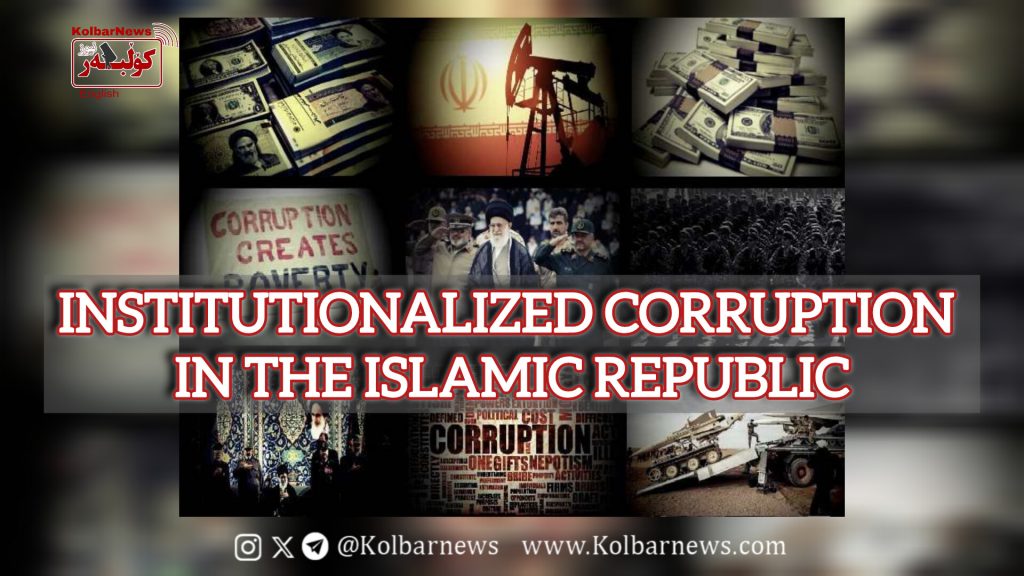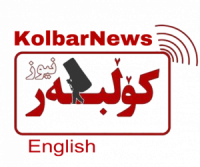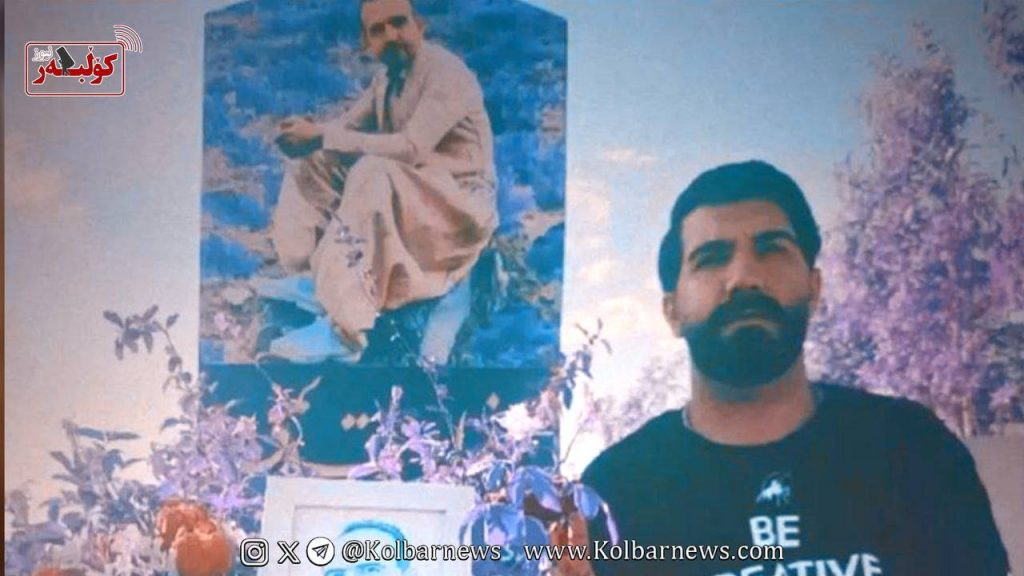
In the editorial of Ham-Mihan on September 15th, titled “What Do You Know About Corruption?” some thought-provoking points are highlighted. The article begins by stating that Raisi’s government came to power with the slogan of fighting corruption, but corruption started at the ministerial level from the very beginning of his administration. It further notes that within just three years, two of his ministers were imprisoned, and two heads of important financial institutions faced numerous accusations. This set a new record, surpassing the corruption in Ahmadinejad’s administration. The editorial continues: “More importantly, the record of corruption was also broken during that administration. One figure is $3.7 billion, which has yet to be addressed. The punishment of the Minister of Agriculture in that government pertains to corruption in another case, and the case of the Debsh Tea has yet to be reviewed.” Without mentioning other significant cases, such as the embezzlement by Ayatollah Kazem Seddiqi, the temporary Friday Imam of Tehran and a loyal supporter of Khamenei, the writer notes that there are many corruptions that have not yet been officially announced. From the author’s perspective, statistical data show that there was no improvement in corruption in the previous administration, even though they came with an anti-corruption slogan. Yet, Iran’s corruption ranking remains among the worst in over 148 countries worldwide.
It is important to remember that the vast wealth accumulated by prominent Ayatollahs is entirely unaccounted for. This is particularly well-documented concerning Khamenei’s multi-billion-dollar economic mafia. In reality, the unaccountable wealth and unchecked power of the regime’s leaders are the primary drivers of corruption within the Islamic government. After the eight-year Iran-Iraq war, Rafsanjani and his family became symbols of corruption. During this period, a certain degree of corruption was officially and openly deemed necessary for economic progress. This trend continued under Khatami’s presidency and intensified during Ahmadinejad’s era. Corruption soared under Ahmadinejad, with embezzlers, thieves, and rent-seekers increasing in number, and figures like Mohammad-Reza Rahimi, his first vice president, and Hamid Baghaei, his executive deputy, rose to prominence. Ahmadinejad himself was involved, embezzling 10 billion tomans from the Iranian Insurance Fund in just one instance. The 13,000 billion toman embezzlement by Babak Zanjani also occurred during this period.
During Rouhani’s presidency, the thefts became even larger. Apart from his brother’s embezzlement, it was revealed that Sadeq Larijani, the former head of the judiciary, held 63 bank accounts. A sum of 1,000 billion tomans in profits from bail and damages was deposited into his personal accounts, and it was reported that the monthly interest on these accounts was 20 billion tomans. Additionally, in 2017, the corruption and embezzlement of the Yas Holding of the IRGC were exposed, adding to the list of corruptions involving Ghalibaf and some commanders of that oppressive force. In the same period, corruption in the pharmaceutical sector was also reported in state media. Saeed Namaki, Rouhani’s Minister of Health, said that when he took over the ministry in 2018, “corruption in the pharmaceutical sector was painfully rampant,” adding that, besides a 50,000 billion toman corruption in the medical field, “we still don’t know where $1 billion in medical equipment funds was spent.”
What has been written about corruption is just a drop in the ocean. Corruption is the foundation of the economy and the key to the survival of the Islamic Republic. It is also used by various mafia-like power groups within the regime as a tool for internal settling of scores. This very corruption has gathered around the regime’s core power an ignorant, fanatical, and violent force. This force has shown extreme cruelty, especially in prisons and in suppressing revolutionary protestors, notably during the 2017-2018 protests and the Zhina Revolution. However, the Islamic Republic, which relies entirely on its repressive force for survival, is nearing its end, as the people are losing their fear of its corrupt repressive apparatus, as evidenced by the successful strike in Kurdistan on September 15th. It must be emphasized that corruption in its current form was born with the Islamic regime and will end with its death and replacement by a government that truly represents the people.

